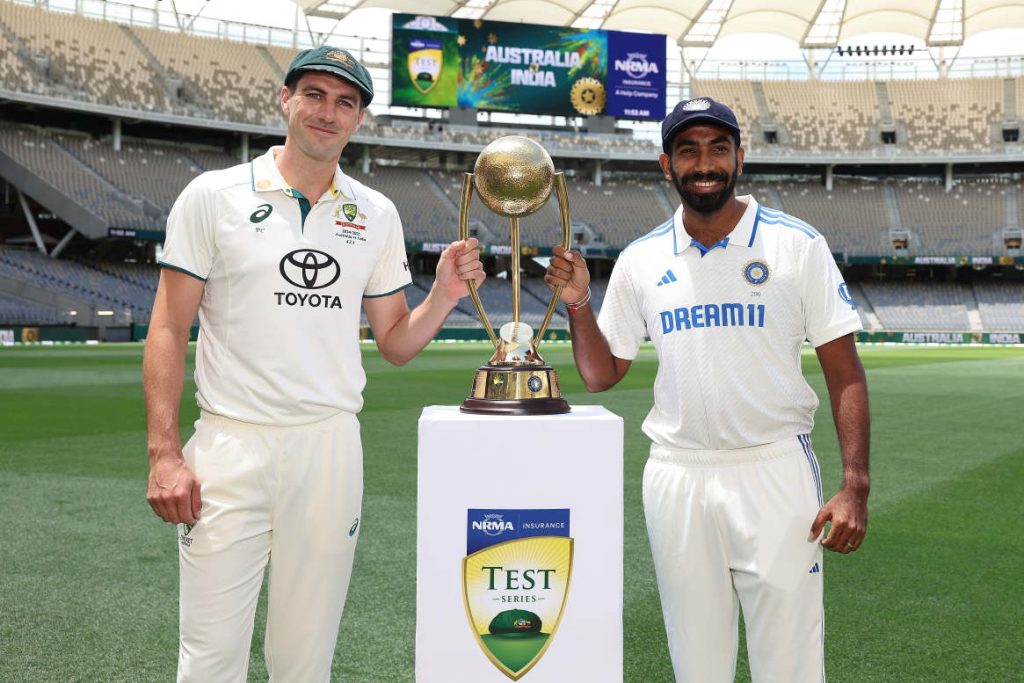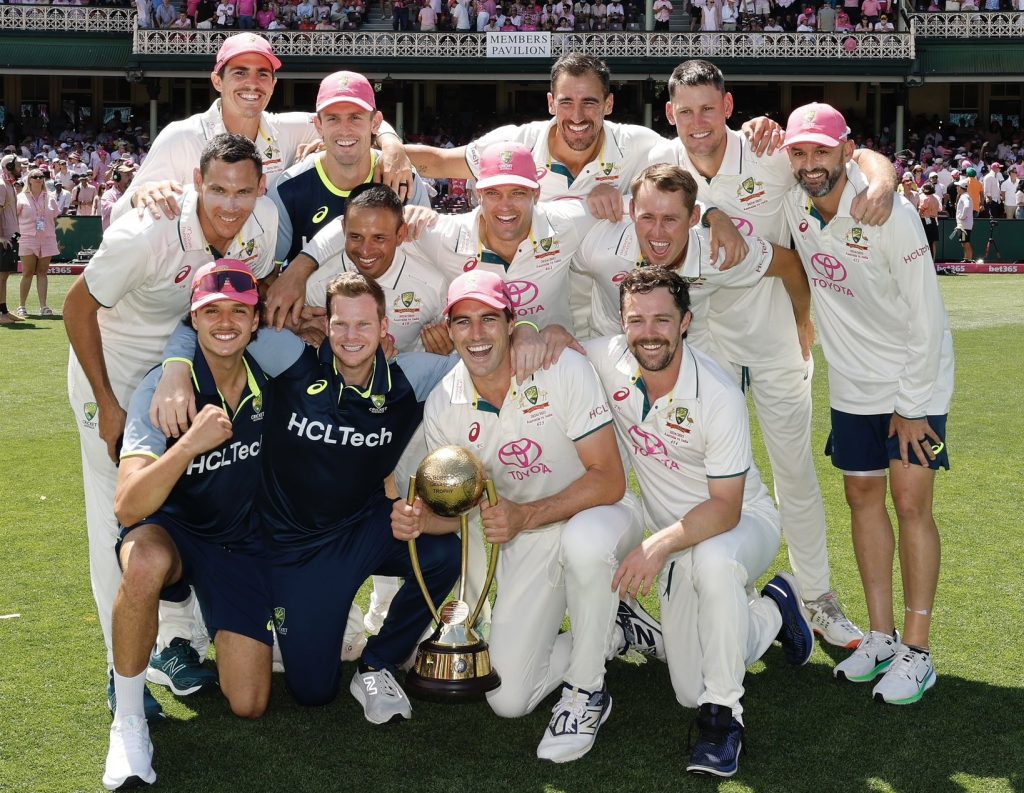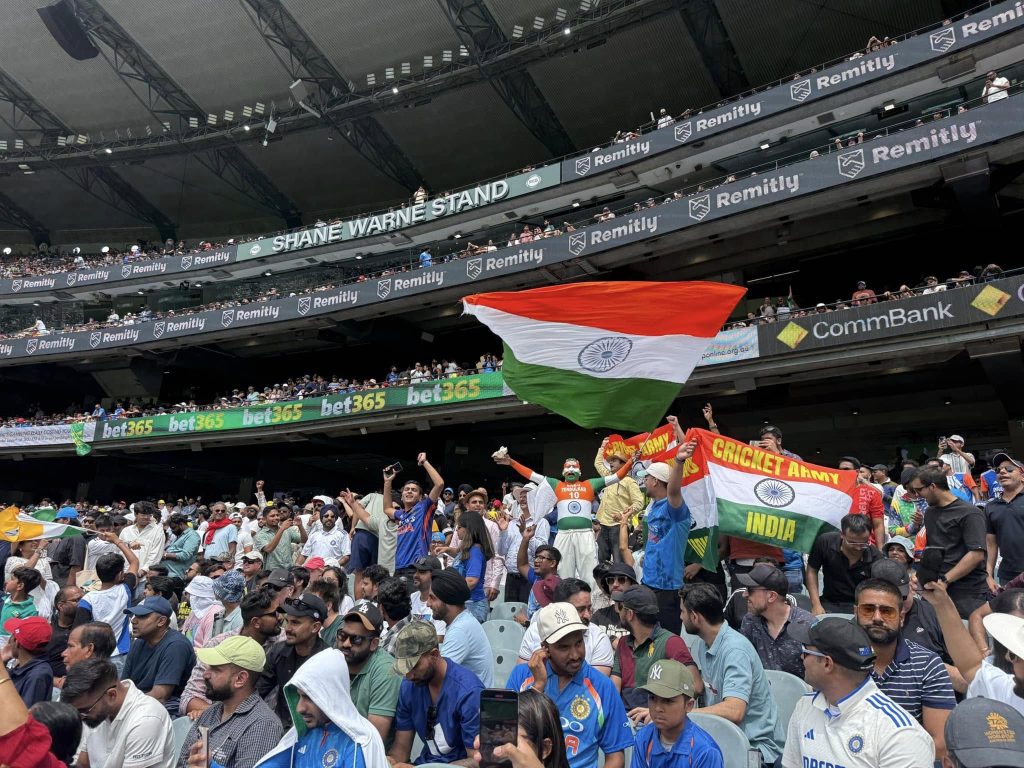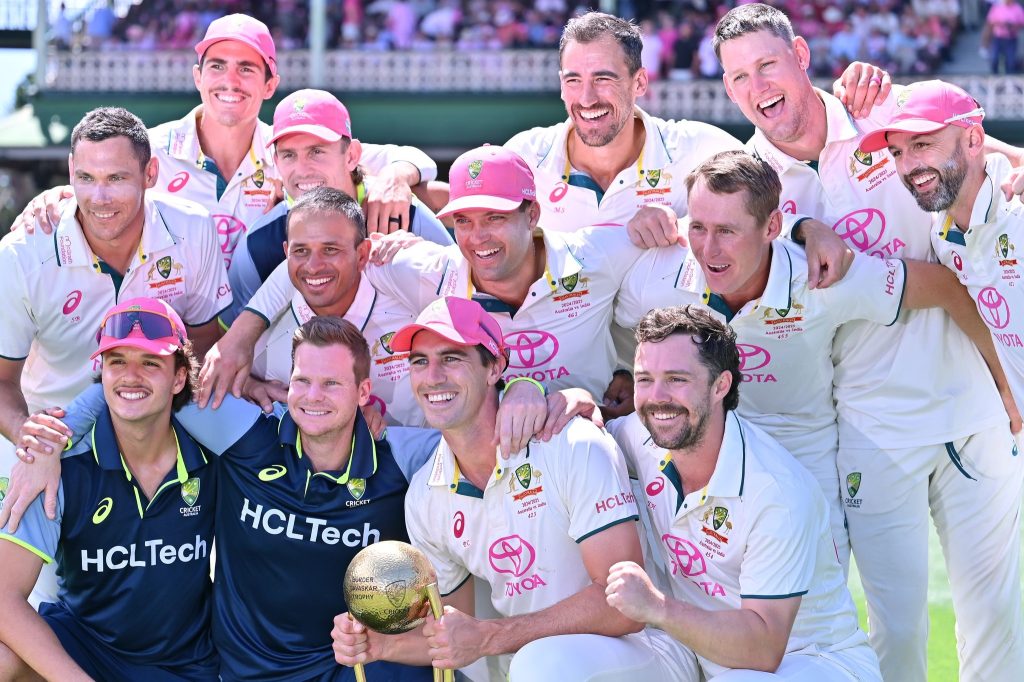
The 2024 Border-Gavaskar Trophy (BGT) has proven to be a sensational series, rekindling a renewed interest in Test cricket among fans and breaking viewership records. With a combination of on-field drama and off-the-field controversies, this BGT has become more than just a cricket series—it’s a symbol of resilience, transformation, and the clash of cricketing powers.

For Australia, the long wait is finally over. After a decade of relentless effort, the Australian men’s team has managed to wrest the prestigious BGT back from India’s firm grasp. This victory signifies a momentous achievement, with Australia now holding all the major ICC trophies, including the World Test Championship, the ODI World Cup (2023), and bilateral test trophies against England (Ashes), New Zealand (Trans-Tasman Trophy), South Africa, and Pakistan (Benaud-Qadir Trophy). It’s a remarkable feat for a team that has been rebuilding since the retirements of cricketing greats like Glenn McGrath, Brett Lee, Shane Warne, Ricky Ponting, Adam Gilchrist, and Matthew Hayden between 2007 and 2015. The path hasn’t been smooth, with off-field incidents such as the Sandpaper Scandal (2018) and Tim Paine’s misconduct (2021) destabilizing the team. However, under the strong leadership of Pat Cummins, Australia has completed its transformation and is back at the top.
On the other hand, India’s performance has drawn a range of reactions. Some experts and commentators have been critical of India’s underwhelming show, while others have noted moments of resilience and fight-back. But the crucial question remains: was this BGT truly competitive? Let’s dissect the matches to see where the balance tilted.
Perth: A Dominating Display by India
The first Test in Perth saw India bouncing back with some flair, primarily led by stand-in captain Jasprit Bumrah.

His magical spell in the both innings coupled with Indias batsmen stepping up in the second innings helped India set an almost unreachable target of 500+. These proved to be the defining turning points of the match.
Adelaide: The Pink Ball Challenge
Adelaide’s Day-Night Test was a different story, with the pink ball proving too much to handle for India’s batsmen. Australia, led by Starc and Cummins brilliant bowling and Travis Head’s run-a-ball century, dominated the match and levelled the series at 1-1.

India’s batting frailties became evident, and their performance was a far cry from the brilliance displayed in Perth.
Brisbane: A Draw Under Rain
The Brisbane Test, affected by rain, ended in a draw. While Australia’s Steve Smith and Head stood out with the bat, India managed a modest 260 in their first innings.

Despite the rain delays, the match didn’t provide enough action to tip the scales in either team’s favour, leaving the series still on edge.
Melbourne: A Heart-Stopping Finish
The Melbourne Test proved to be the most pulsating of the series, going right down to the final hour of Day 5. Australia posted a formidable 474, with Steve Smith’s century anchoring the innings. India fought back with Reddy’s maiden century, helping them reach a challenging 369.

But despite Bumrah and Siraj’s relentless efforts to reduce Australia to 91/6 in the second innings, the match slipped away from India. Australia’s tail held firm, setting India a steep target of 340, which they failed to chase down.

The final day saw Australia’s bowlers dominate, with India’s batsmen showing little intent to fight back, unlike their heroics at the Gabba in 2021.
Sydney: A Tough Test for India
The Sydney Test, always a crucial one in a hard-fought series, showcased India’s vulnerability.

It was an unsually green pitch in Sydney, and both teams batting crumbled to the opposing pace attack in the first innings.
However, Bumrah’s absence in the second innings and Australia chasing a relatively modest target meant their batsmen just needed to hold their nerves which they did. In the end it was a convincing win that left India with a lot to ponder about their weaknesses.
Analysis: Where Did India Fall Short?
Across nine innings, India’s average score was only 235, including a huge 487/6 declared in Perth. While Australia’s top order also struggled at times, their middle order and tail showed resilience when it mattered most, making their batting unit look more cohesive and tenacious. As far as bowling is concerned, India’s reliance on Bumrah and Siraj, while effective at times, didn’t have the same collective strength. Australia’s pace trio of Cummins, Boland, and Starc shared the workload, while Hazlewood and Lyon played supportive roles.
India’s senior players will need to reflect on their performances, while the younger generation must learn to adjust their game beyond the fast-paced world of T20 cricket. The series defeat should serve as a wake-up call, forcing India’s players, selectors, and coaching staff to reassess their approach to Test cricket.
Conclusion: A Good Outcome for Test Cricket?
While the series loss is a setback for India, it might provide a silver lining by reigniting a renewed focus on Test cricket—among players, administrators, and fans alike. If this series can inspire Indian cricket to evolve and embrace the long format with a fresh perspective, then, in the long run, it could be a significant turning point for Indian cricket. For now, Australia celebrates its return to the summit of Test cricket, but both teams know that the battle for the BGT, and the future of Test cricket, is far from over.








